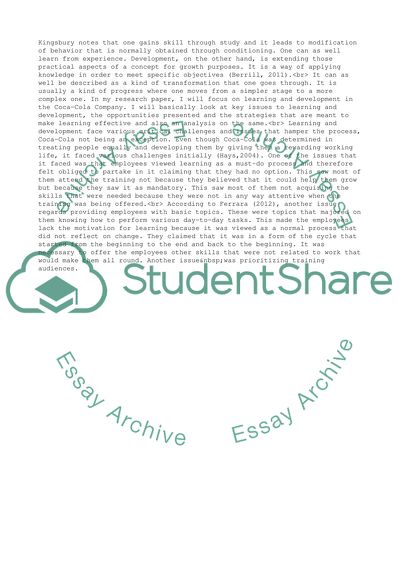Cite this document
(“Learning and development Research Paper Example | Topics and Well Written Essays - 2250 words”, n.d.)
Learning and development Research Paper Example | Topics and Well Written Essays - 2250 words. Retrieved from https://studentshare.org/business/1620725-learning-and-development
Learning and development Research Paper Example | Topics and Well Written Essays - 2250 words. Retrieved from https://studentshare.org/business/1620725-learning-and-development
(Learning and Development Research Paper Example | Topics and Well Written Essays - 2250 Words)
Learning and Development Research Paper Example | Topics and Well Written Essays - 2250 Words. https://studentshare.org/business/1620725-learning-and-development.
Learning and Development Research Paper Example | Topics and Well Written Essays - 2250 Words. https://studentshare.org/business/1620725-learning-and-development.
“Learning and Development Research Paper Example | Topics and Well Written Essays - 2250 Words”, n.d. https://studentshare.org/business/1620725-learning-and-development.


